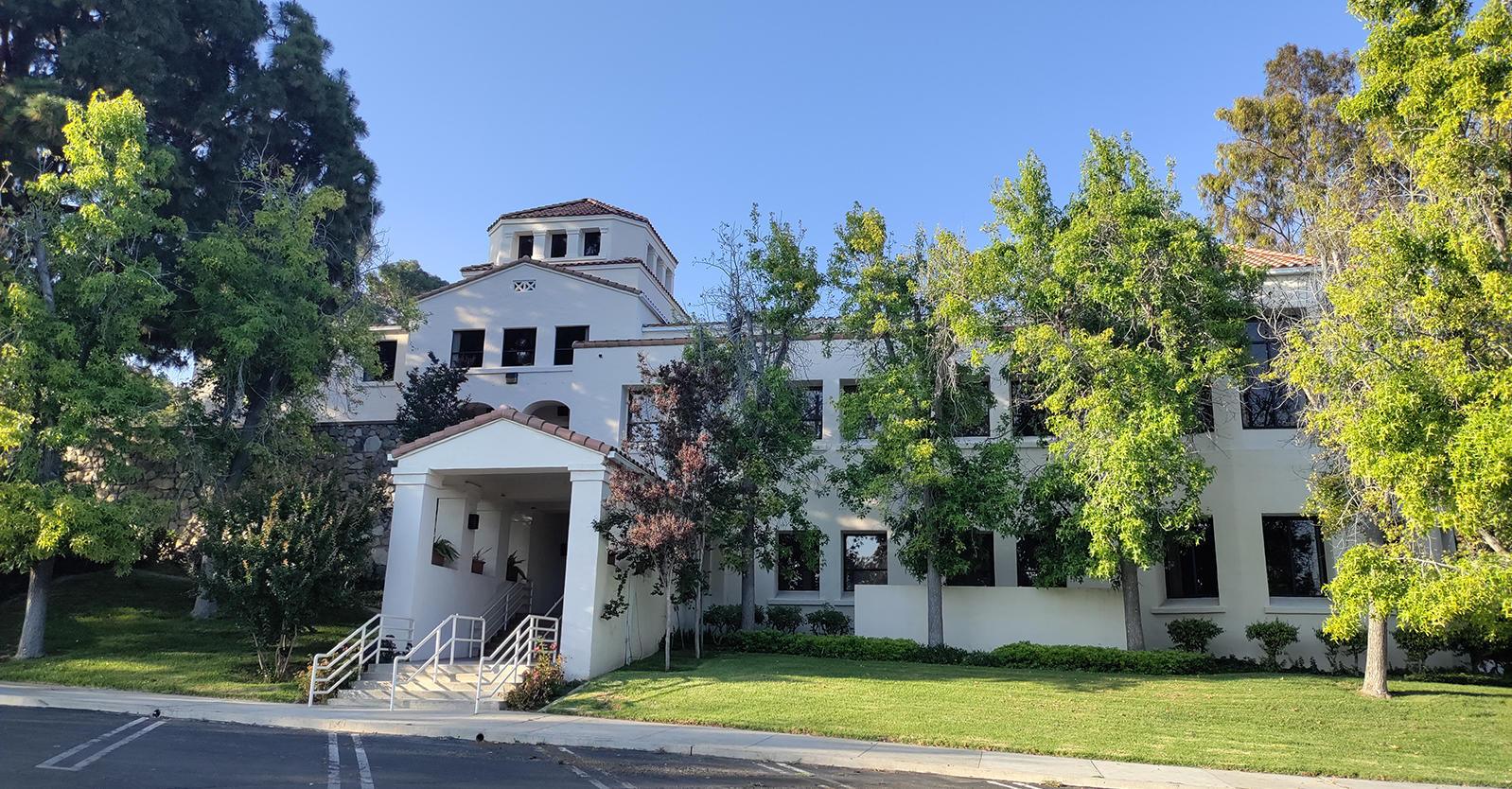Understanding the Mormon Church: Beliefs and Relevance

Introduction to the Mormon Church
The Church of Jesus Christ of Latter-day Saints, commonly referred to as the Mormon Church, plays a significant role in the religious landscape of the United States and beyond. Founded in the early 19th century, the Church has millions of members worldwide and is known for its distinct beliefs and emphasis on community service. Understanding the Mormon Church is essential as it continues to influence societal dynamics and cultural conversations today.
History and Origins
The Mormon Church was founded by Joseph Smith in 1830 after he published the Book of Mormon, which he claimed to translate from golden plates revealed to him by an angel. The early church faced considerable persecution, leading to migrations westward, notably to Utah, where it established a thriving community under the leadership of Brigham Young. Today, Salt Lake City remains the Church’s headquarters, and its expansion can be seen globally.
Core Beliefs
Mormons believe in the Bible as well as the Book of Mormon, which they consider another testament of Jesus Christ. Key tenets of the faith include the belief in ongoing revelation, family as the central unit of the eternal plan, and the importance of missionary work. The Church advocates for a health code called the Word of Wisdom, which discourages the use of alcohol, tobacco, and caffeine.
Recent Developments
In recent years, the Mormon Church has taken steps to address its history and adapt to contemporary issues. Initiatives include greater transparency about past practices, including polygamy, and fostering discussions around social issues such as LGBTQ+ rights, highlighting a shift towards inclusivity within the Church. In 2021, the Church launched a comprehensive initiative to provide resources and better support for members struggling with mental health issues, reflecting changing societal needs.
Conclusion
The Mormon Church remains a vital part of the religious fabric in the United States and many other countries. Its history of resilience, community involvement, and evolving perspectives on modern issues make it more relevant than ever. As global dynamics shift, so does the Church’s approach to various societal challenges, signaling a future that balances tradition with progressive thinking. For those looking to understand the complexities of faith in contemporary life, the Mormon Church presents a compelling case study.
